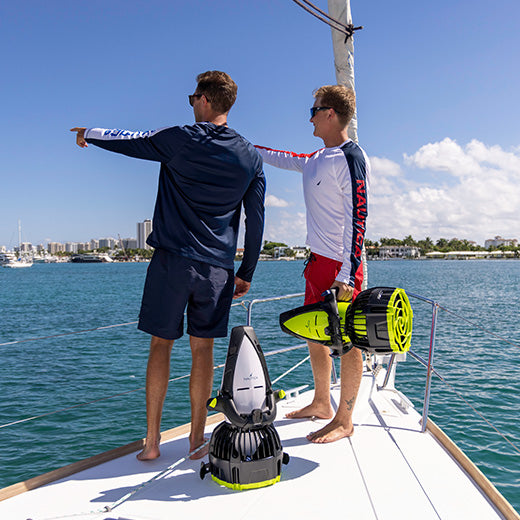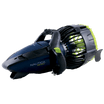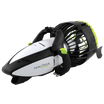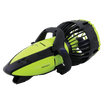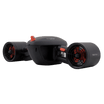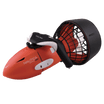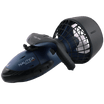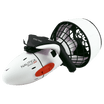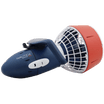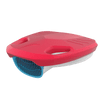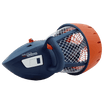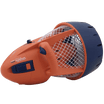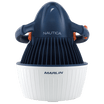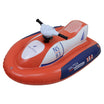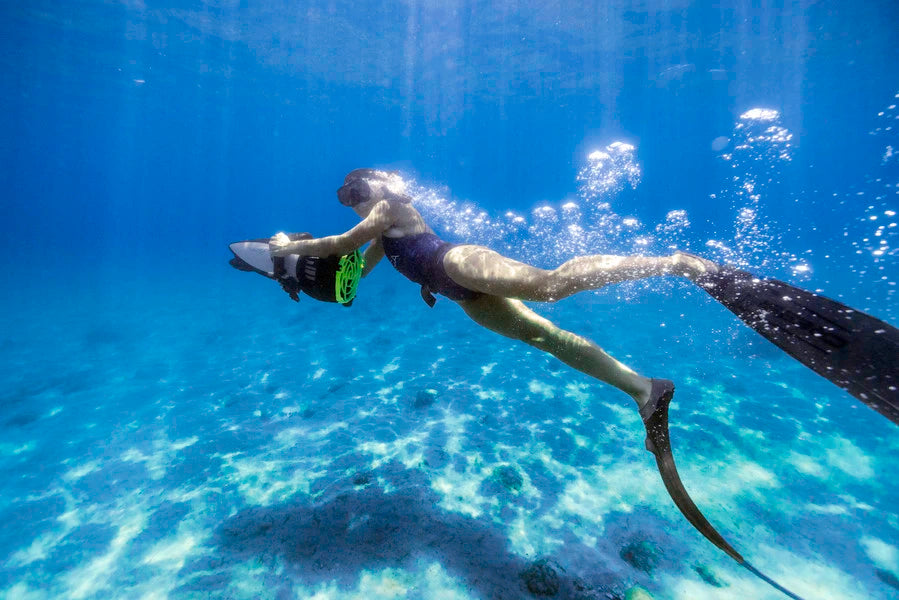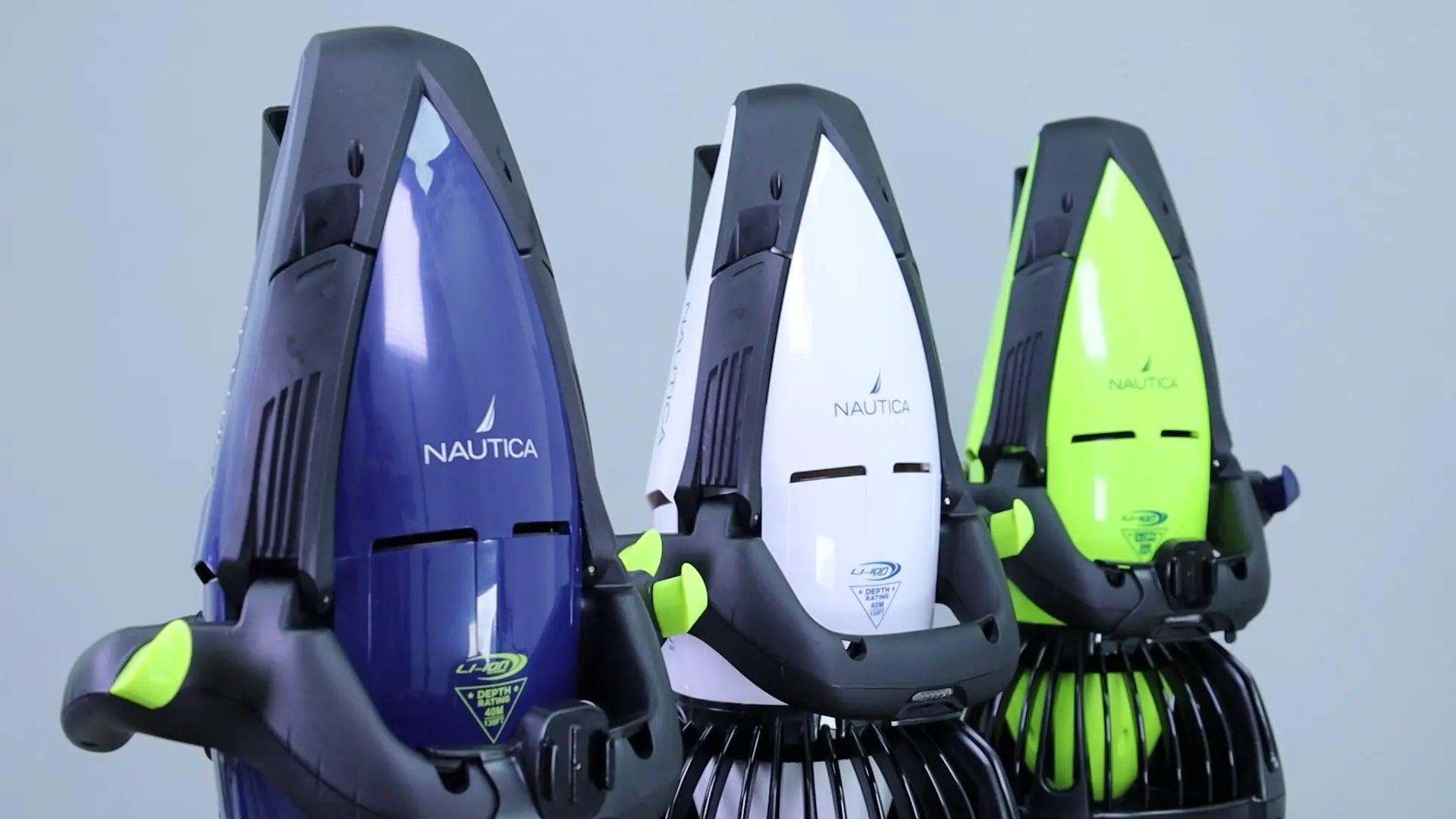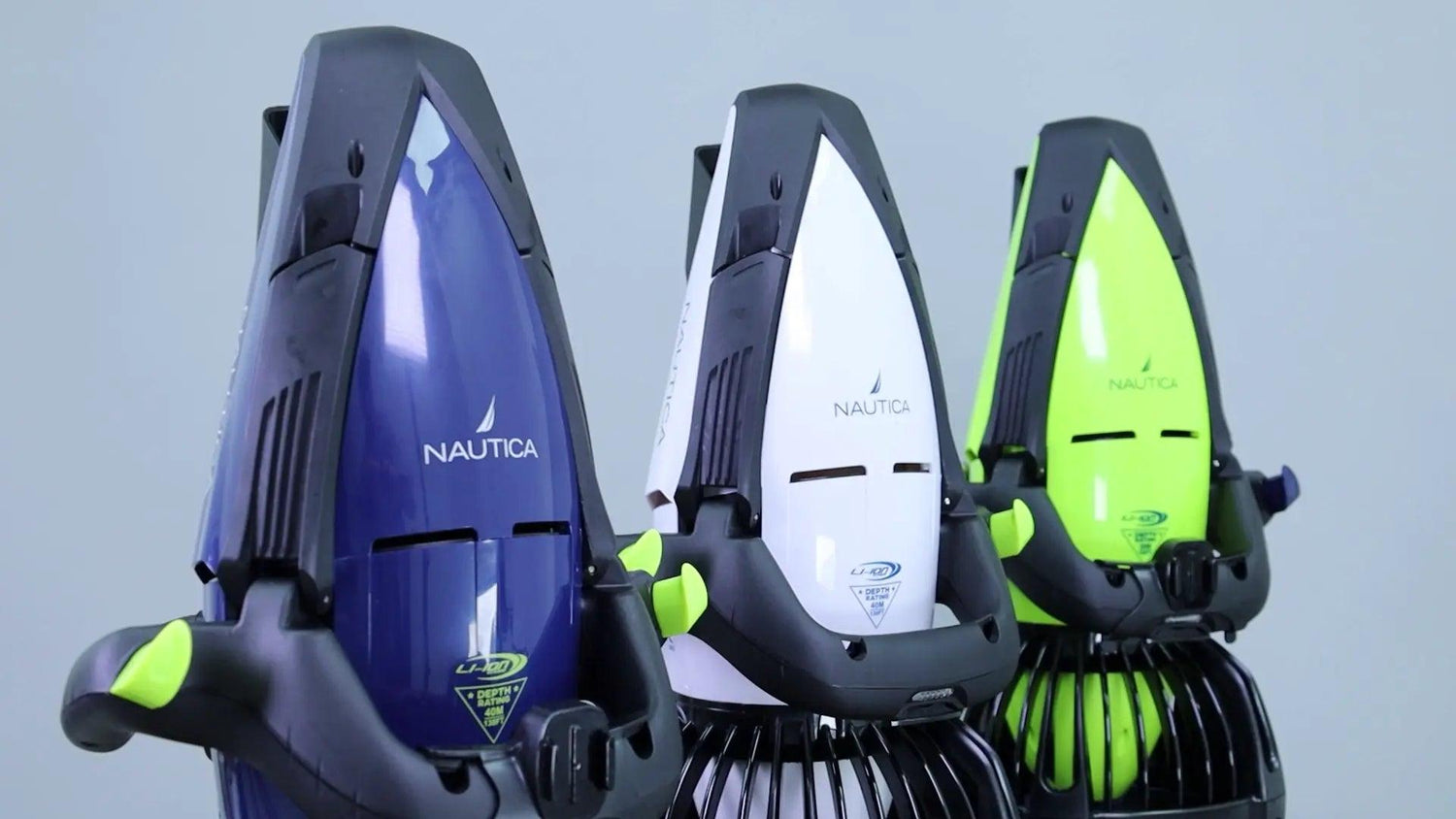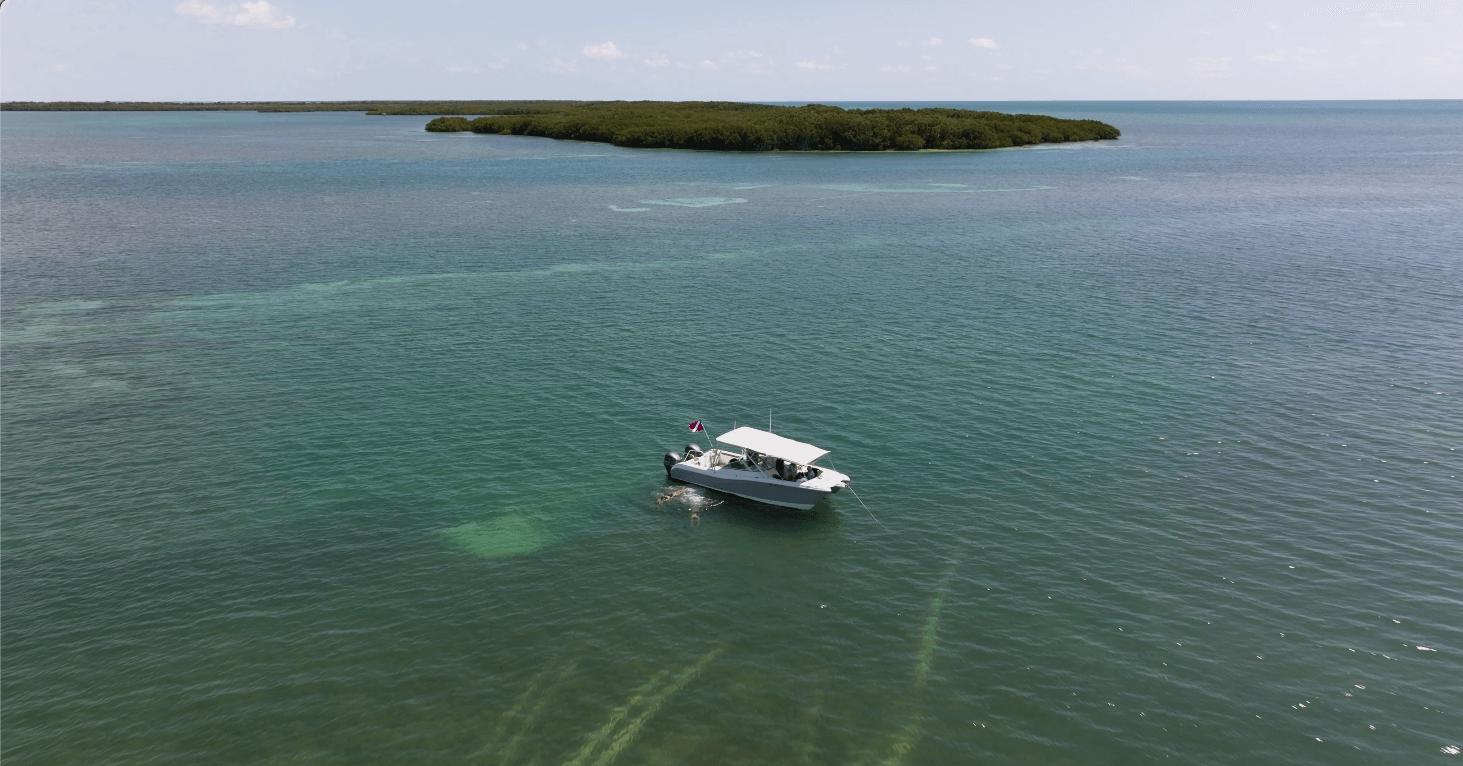What is a seascooter / DPV?
A seascooter, DPV, or Diver Propulsion Vehicle, is a type of underwater scooter that is used to help divers move more efficiently and easily through the water. DPVs are powered by batteries and use a propeller to push the diver and any gear they are carrying through the water. They come in a variety of sizes and designs, and can be used for a variety of purposes, including recreational diving, technical diving, and search and rescue operations.
How does a seascooter work?
A seascooter uses a motor and propeller to provide propulsion for a diver underwater. The diver holds onto the seascooter and steers it by shifting their body weight. The propeller of a seascooter is located at the back of the device, and it is encased in a protective cage to prevent injury to the diver or marine life. However, it is important to be aware of the propeller and avoid getting too close to it or putting fingers or other body parts near it while the seascooter is in operation.
The buoyancy of a seascooter varies depending on the design of the device. Some seascooters are neutrally buoyant and will stay at a set depth when in the water, while others are negatively buoyant and will sink when not in motion. Some seascooters also have automatic buoyancy control which allow the diver to control the buoyancy of the device. The number of propellers that a seascooter has can vary, but most seascooters have one propeller. However, some models may have two propellers for added power and maneuverability.
It's worth noting that the seascooter's speed and maneuverability are affected by the diver's skill and experience. For safety reasons, it is recommended to use the seascooter in open water only, and be aware of the surroundings, currents, and other divers.
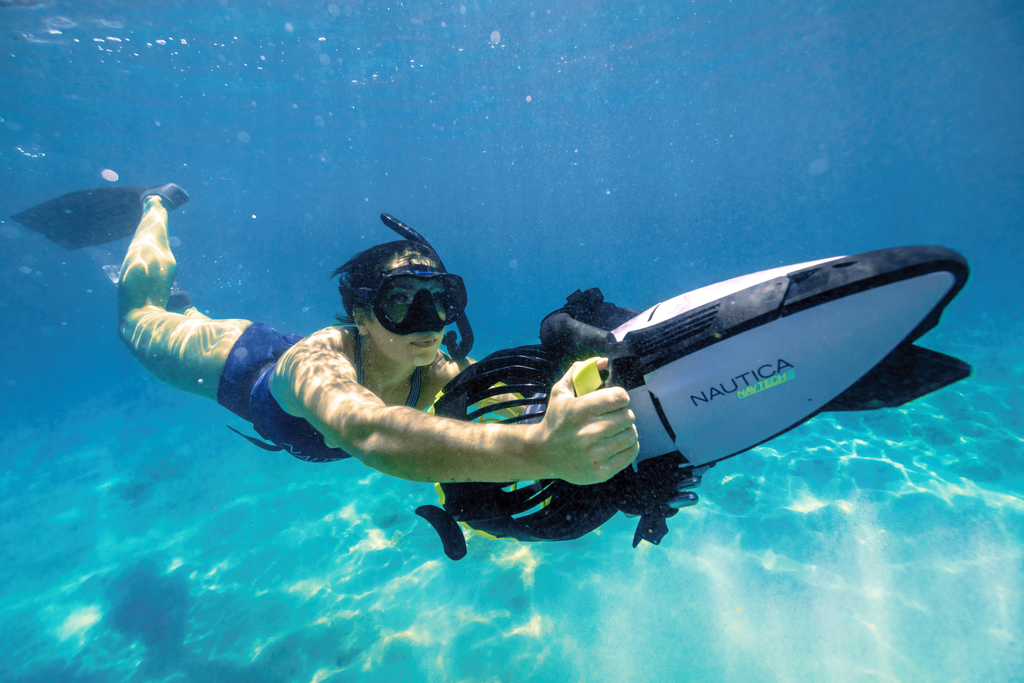
How to choose the right seascooter for you
Here are a few things to consider when selecting a seascooter based on activity type:
Professional scuba diving
If you are a professional or advanced diver, you may want to look for a seascooter that has a deeper depth rating, and high thrust rating to handle the currents of the ocean. Also, you want to consider the battery life, in order to sustain long dives.
Recreational diving / snorkeling
If you plan to use your seascooter for recreational diving, you may want to look for a model that is lightweight, easy to maneuver and has a moderate depth rating and thrust, allowing you to comfortably explore the underwater world without going too deep or fast.
Photography
If you plan to use your seascooter for underwater photography, you may want to look for a model that includes a camera mount or has the ability to attach one. Additionally, you may want to consider the thrust and speed of the seascooter to allow for more control and stability when taking pictures.
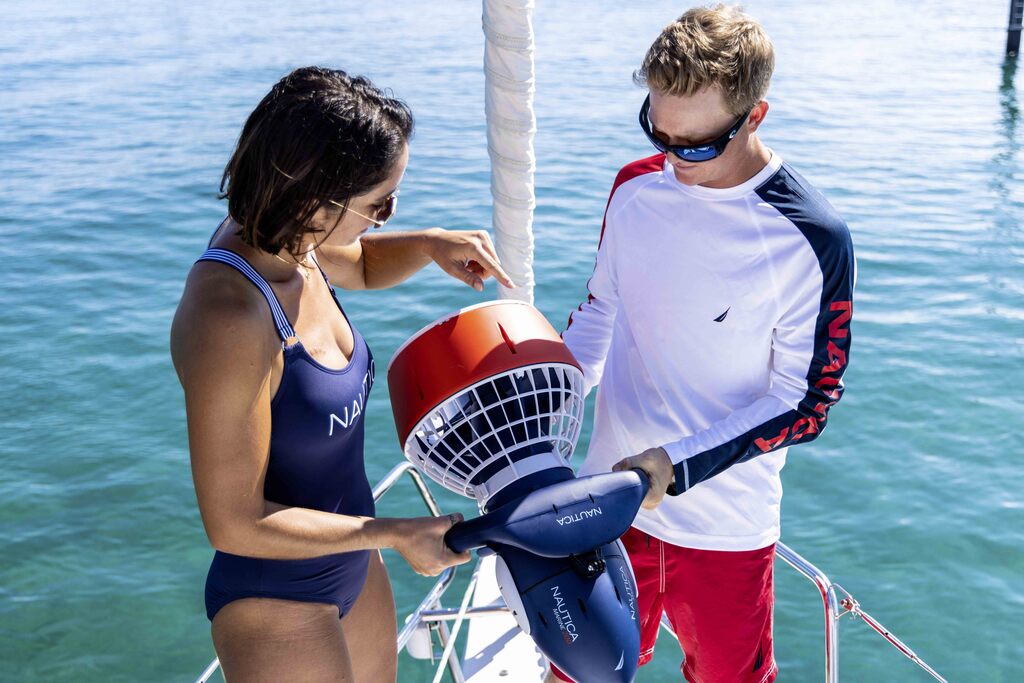
Here are a few things to consider when selecting a seascooter based on specific features that may be important for each individual diver:
Battery life
The battery life of a seascooter is an important factor to consider, as it determines how long you will be able to use the device before needing to recharge. Look for a model with a long battery life or one that allows for easy battery replacement. Additionally, consider the time required for recharging the battery, as some seascooters may take longer to charge than others.
Maintenance
The ease of maintenance is an important factor to consider when choosing a seascooter. Look for models with simple and durable design, which are easier to maintain and have cheaper replacement parts. Additionally, consider the cost and availability of replacement parts, as some models may be more difficult to find parts for.
Buoyancy
Automatic buoyancy control allows for easy and precise control of your depth and position in the water. It can be especially useful for divers who want to maintain a certain depth during their dive or hover in one spot for an extended period of time. When considering a seascooter with this feature, it's important to take into account the salinity of the water you will be diving in. Salt water is denser than freshwater, so a seascooter that is designed to be used in salt water may not perform as well in freshwater, and vice versa.
Thrust
The thrust of a seascooter refers to the amount of power it generates to propel you through the water. If you plan to use your seascooter for diving in strong currents or for activities such as cave diving, you may want to look for a model with a high thrust rating.
Weight and size
If you plan to travel with your seascooter, look for a model that is lightweight and compact, easy to transport and store. This will make it more convenient to take with you on diving trips.
By considering all these factors and taking into account the specific features that are most important to you, you should be able to select a seascooter that meets your needs and satisfies your preferences.
Additionally, it's always helpful to read reviews and compare the specs of different models to make an informed decision.
| Series Class | Professional Dive Series | Recreational Dive Series | Travel Series | Recreational Series |
|---|---|---|---|---|
| Who's it for? | Advanced & Professional Divers | Recreational Divers | The Avid Traveller / On-the-go Divers | First-timers, Youths |
| Use case | Scuba Diving, Free Diving | Snorkeling, Light Exploration | Snorkeling, Scuba Diving | Snorkeling, Pool Use |
| Highlight | Exceptional Depth Rating, Built Quality | User-Friendly Design | Depth Rating, Powerful Propulsions, Air-Travel Compliant | Safety-Centric Design |


